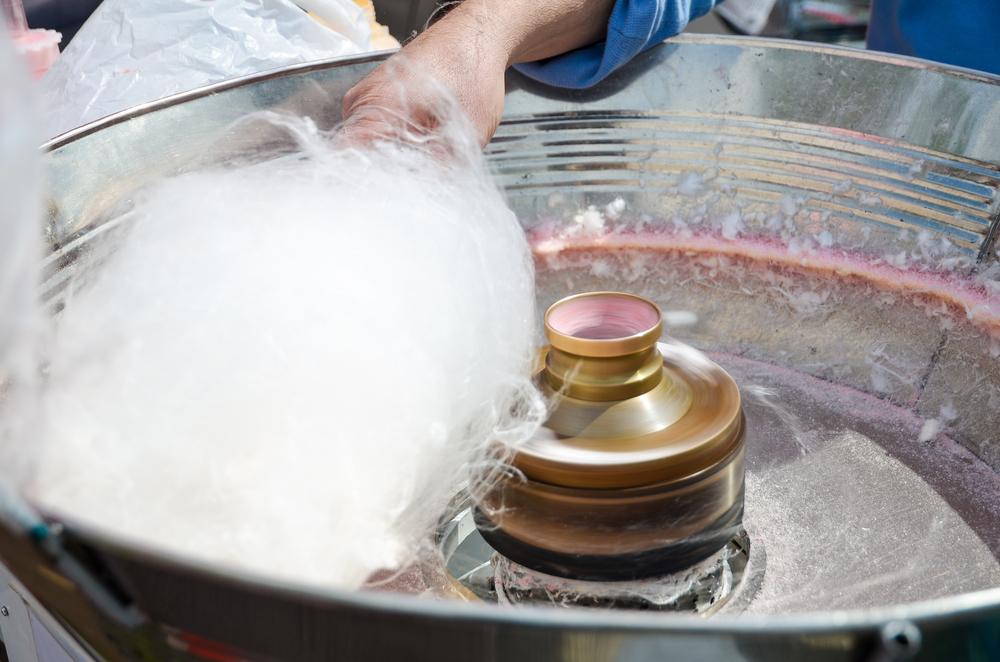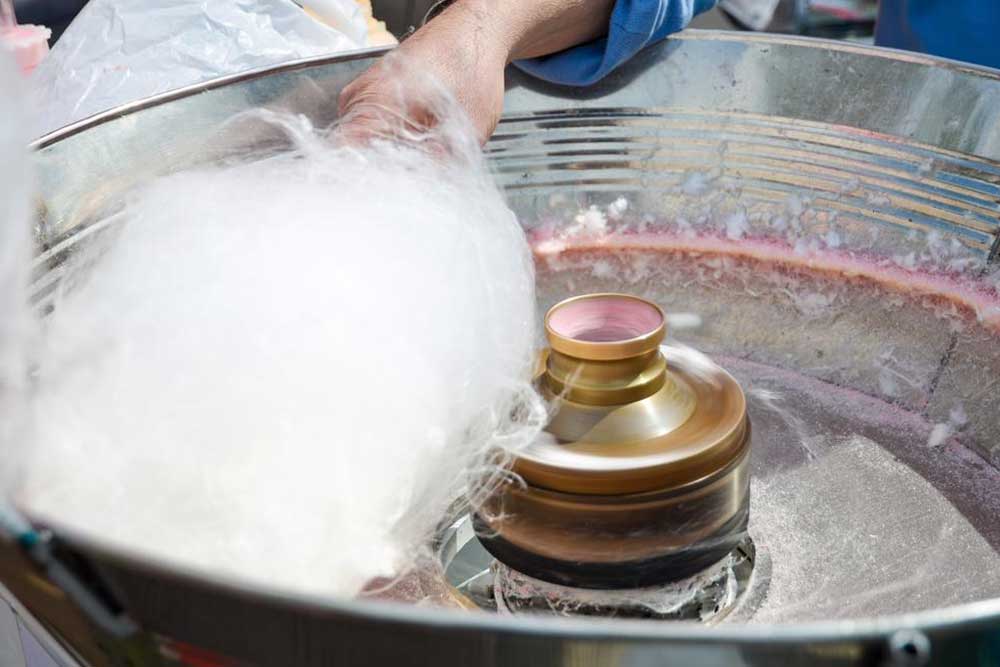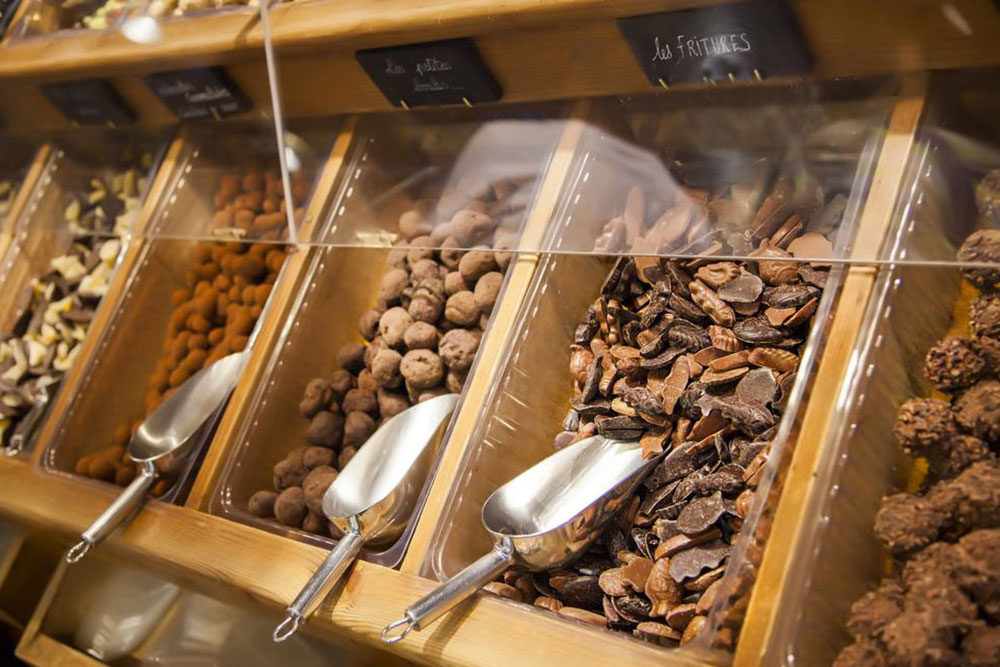Understanding the Mechanics of Cotton Candy Machines
Discover how cotton candy machines work in this detailed guide. Learn about their history, simple science, and key components that transform sugar into fluffy cotton candy. Perfect for enthusiasts and curious minds alike, the article covers everything from the origins of the machine to its practical operation, highlighting the ease and artistry behind this beloved treat.

Understanding the Mechanics of Cotton Candy Machines
Who doesn’t enjoy the sweet fluffiness of cotton candy? Its vibrant appearance and unique texture make it a favorite treat. Watching a vendor craft cotton candy around a stick often sparks curiosity about how this delightful confection is made.
Cotton candy's origins trace back to the late 1800s when a dentist and a confectioner collaborated to develop a device that could transform sugar into the fluffy treat. Before this innovation, making cotton candy was a manual process, making it expensive and less accessible to the general public.
William Morrison, a dentist, teamed up with confectioner John C. Wharton to design a machine that heats and spins sugar into cotton candy. The invention gained immense popularity, leading to higher demand and affordability. Every year, November 7 is celebrated as National Cotton Candy Day, honoring this sweet creation.
Despite its seemingly complex appearance, the process is quite straightforward. The machine melts sugar with hot, forceful air, spinning the liquid through tiny holes into thin strands that dry as they exit, resembling cotton threads.
The key components of a cotton candy machine include a metal bowl—commonly stainless steel—a motor that produces hot air, and a spinning head where sugar is poured. When activated, the motor forces hot air through the spinner, melting the sugar and creating spun strands. As you rotate a stick around the spinner, these dried sugar strands wrap around it, forming cotton candy.
Basic ingredients include just sugar with optional edible coloring, allowing for various hues such as pink, blue, or any color of your choice. The simplicity of the ingredients complements the straightforward operation of the machine.









